Cortinarius subgenus Leprocybe, unexpected diversity and significant differences in species compositions between western and eastern North America
- PMID: 35935888
- PMCID: PMC9311396
- DOI: 10.3767/persoonia.2021.46.08
Cortinarius subgenus Leprocybe, unexpected diversity and significant differences in species compositions between western and eastern North America
Abstract
The focus of this paper is the North American species of Cortinarius in subg. Leprocybe. Eighteen species, including twelve new ones, and two tentative (aff.) species, are delimited based on morphological and molecular data (DNA ITS-LSU sequences). Existing type specimens of species in subg. Leprocybe were also studied, and neo- or epitypes designated for C. cotoneus, C. melanotus, C. phrygianus and C. venetus to stabilize the nomenclature. In addition, to improve the infrasubgeneric classification of Leprocybe three new sections are proposed: sect. Fuscotomentosi, sect. Melanoti and sect. Squamiveneti. This study adds substantial information to the knowledge of subg. Leprocybe in North America against a background of European species. To date only two species, C. phrygianus and C. squamivenetus have been reported from both continents. Citation: Ammirati J, Liimatainen K, Bojantchev D, et al. 2021. Cortinarius subgenus Leprocybe, unexpected diversity and significant differences in species compositions between western and eastern North America. Persoonia 46: 216-239. https://doi.org/10.3767/persoonia.2021.46.08.
Keywords: Agaricales; Cortinariaceae; Europe; ITS; North America; barcodes; ectomycorrhiza.
© 2021 Naturalis Biodiversity Center & Westerdijk Fungal Biodiversity Institute.
Figures
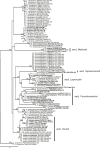
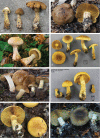
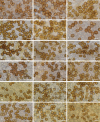
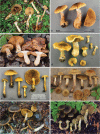
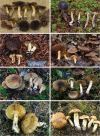
References
-
- Ammirati JF, Barlow T, Seidl M, et al. . 2012. Cortinarius parkeri, a new species from the Pacific Northwest of North America. Botany 90: 327–335.
-
- Ammirati JF, Garnica S, Halling RE, et al. . 2007. New Cortinarius species associated with Quercus and Comarostaphylis in Costa Rica. Botany 85 (9): 794–812.
-
- Borchsenius F. 2009. FastGap 1.2. Department of Biosciences, Aarhus University, Denmark. Published online at http://www.aubot.dk/FastGap_home.htm.
-
- Brandrud TE, Lindström H, Marklund H, et al. . 1994. Cortinarius, Flora Photographica III. Cortinarius HB, Matfors, Sweden. [In English.]
LinkOut - more resources
Full Text Sources
